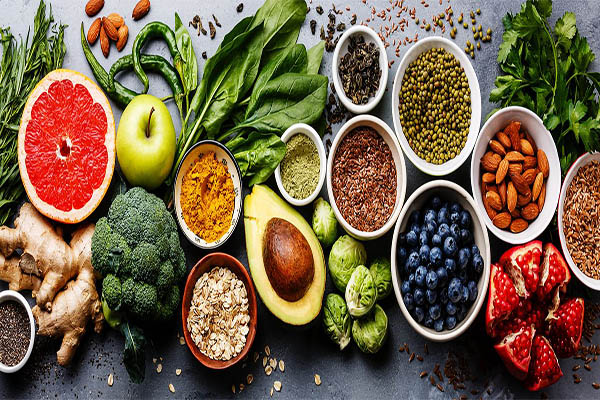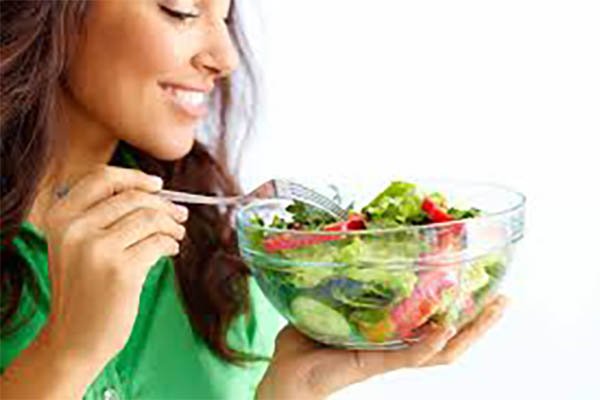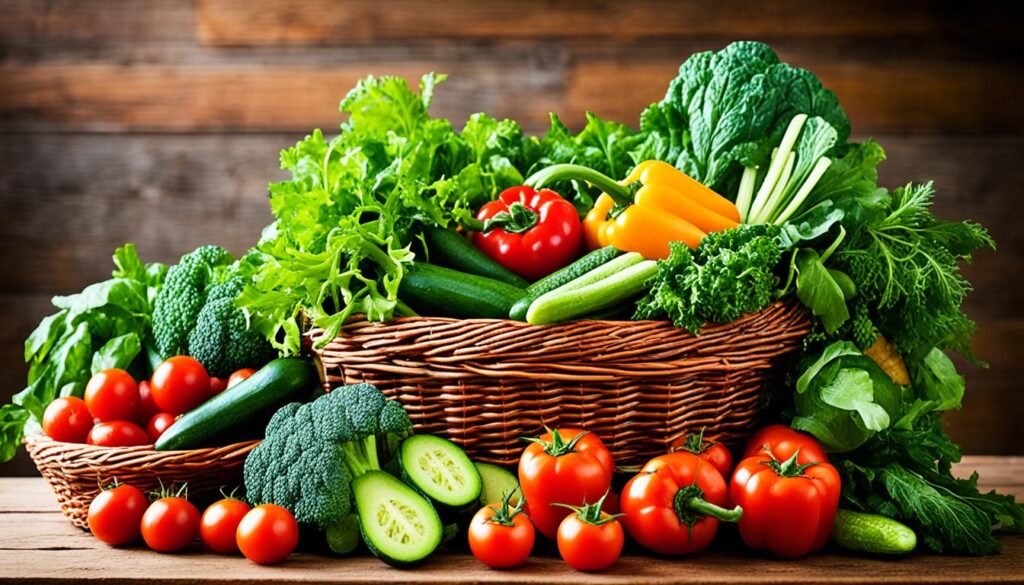Healthy Eating for Kids:- Healthy eating is an integral component of child development. Eating healthily gives our kids energy and nutrients they need for active, energetic lives – all essential elements in maintaining a balanced diet and supporting growth and development. As parents, however, it can be challenging to know which foods are the most nutritionally dense; with this guide providing food and nutrition guidelines specifically for healthy eating for toddlers through adolescents. You will gain knowledge into which vitamins, minerals, essential oils, meal planning tips and building healthy habits so that together you can assist your children make wise choices and maintain balanced diets!
Healthy Eating For Kids
1)the Basics Of Healthy Eating For Kids
Before diving into specific dietary advice for children, it’s essential to cover the fundamentals of healthy eating for both kids and adults alike. A food pyramid provides a helpful framework that both groups can refer to when making their daily food decisions. Balanced diets focus on including foods from each food group for maximum nutrition – this will ensure you receive all of the required proteins, calcium, iron, B vitamins, Vitamin C, A and dietary fibre that your body requires for proper functioning. Healthy meals for kids usually consist of fruits and vegetables, whole grains, legumes, nuts and seeds as well as low-fat dairy products. Furthermore, it’s crucial that they eat sufficient protein-rich foods like fish or beans; growing children require more than adults in terms of this nutrient.

2) Nutrients Kids Need And Food Sources
As children develop, their bodies require different amounts of nutrition than when they were babies and toddlers, making it important to know the recommended dietary intakes (RDIs) of various nutrients throughout childhood. It’s also vital that understanding which food sources provide these essential vitamins & minerals is a priority – these are some essential RDIs and food sources!
Protein: To build muscles and repair tissues, protein is an essential nutrient for developing children. They should consume at least 12 grams daily from beans, nuts, fish, and dairy products. – Iron: Essential to red blood cell production that transport oxygen throughout the body, iron is needed for red blood cell production as well.

3) Guidelines For Eating Healthy, Dietary Recommendations For Kids
As children get older, their diets change and requirements shift accordingly; however, basic recommendations remain the same no matter their age. Here are the key dietary suggestions for kids. – Consume a wide range of foods: Eating various food items will ensure that your body’s nutritional requirements are fulfilled.
Foods such as low-fat dairy products, fruit, and oatmeal should form part of their diets. Sweets and refined grains such as white bread, white rice and pasta shouldn’t comprise too much of either individual’s weekly food consumption.

4) Meal Planning Tips For Kids
As adults, meal planning is one of the best ways to maintain healthy eating, yet for kids this process may seem daunting. Here are a few basic guidelines that should help get your started with meal planning for them: – Make it enjoyable: Children love discovering new flavors through cooking together so making meal planning an engaging activity may also introduce some healthier ingredients that children wouldn’t otherwise consume! – Focus on breakfast: Breakfast sets you up well for success for a successful day ahead.
Breakfast should be the cornerstone of a successful day for children. A nutritious and varied breakfast that provides protein, fibre and vitamins will keep their tummies full until lunch time arrives. Snacking should only occur two times daily in order to reduce overeating at meal times as well as making children less hungry overall. Consider including low-calorie fruits or vegetables into meals for additional snacks during each mealtime instead.
Reducing sugar-rich foods. Sugary beverages, candy and desserts can be an abundant source of additional sugar for kids’ diets, while providing little in terms of nutrients or benefit. To stay on the safe side when selecting food options for children’s nutrition plans, opt for whole food solutions instead of processed products with little nutritional value.

5) Healthy Eating Habits For Kids
Healthy eating habits are an integral component of everyday life, but they’re especially essential for children. Eating habits formed early are likely to stay with kids well into adulthood. Here are a few healthy eating habits designed specifically for kids. – Begin developing good eating habits early. Eating patterns established while young are likely to remain with them even as adults.
Encourage healthy eating habits from an early age by providing kids with healthier alternatives when they request sugary treats, or at regular times such as two per day, such as two times daily for dinner and two for breakfast and snacks. Doing this will help maintain energy levels while preventing overeating at meal times.

Also Refer:- Best 5 Tips To Know About Nutrition Healthy Eating for Weight Loss
Conclusion
Healthy eating is important at every age. Though eating healthily as a child may seem minor in comparison with adult habits, it’s just as essential. With guidance and knowledge from adults, kids can begin developing long-lasting good eating habits through food they choose and the way they consume it. There are many things kids can do themselves to enhance their diets.





